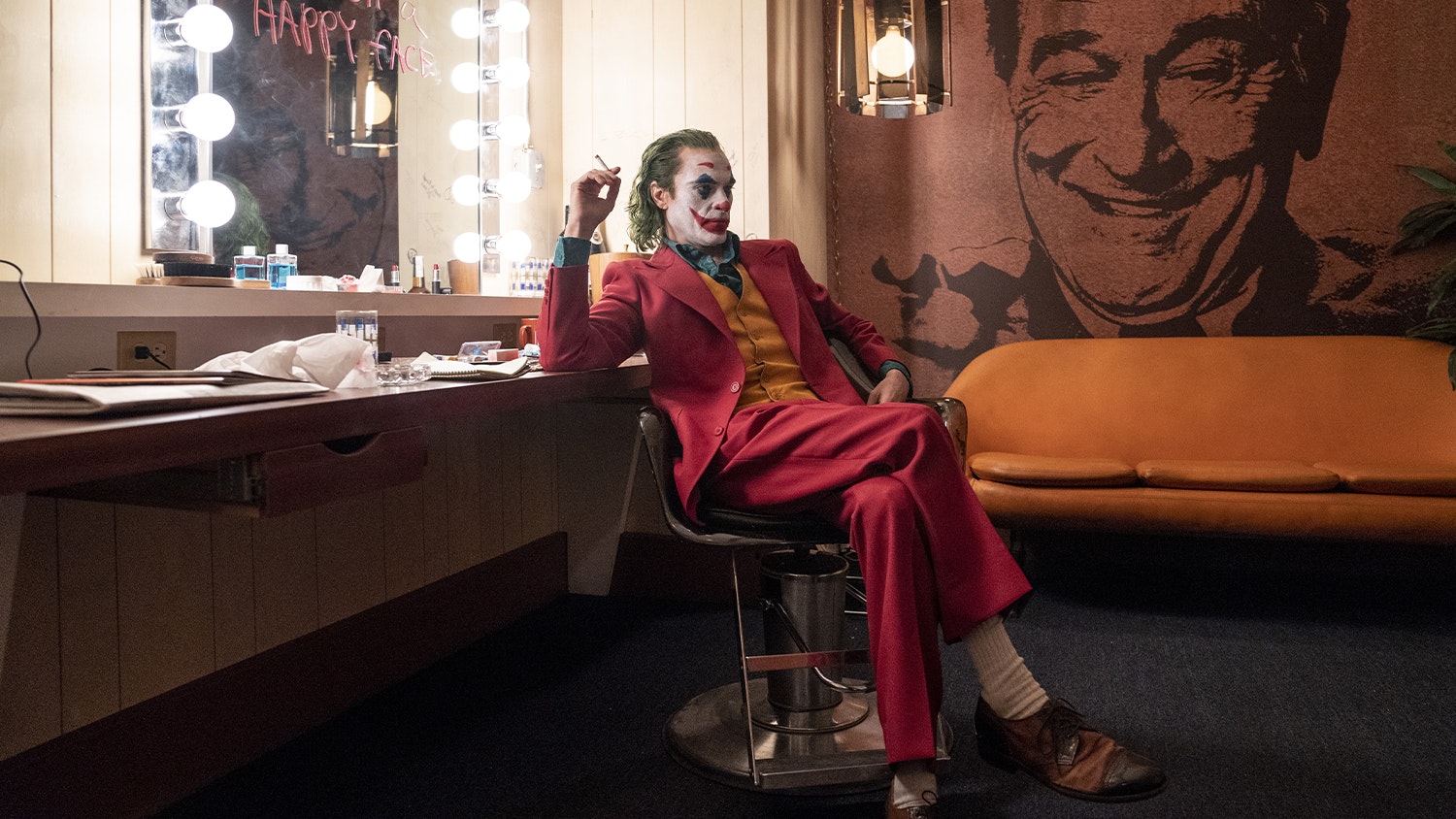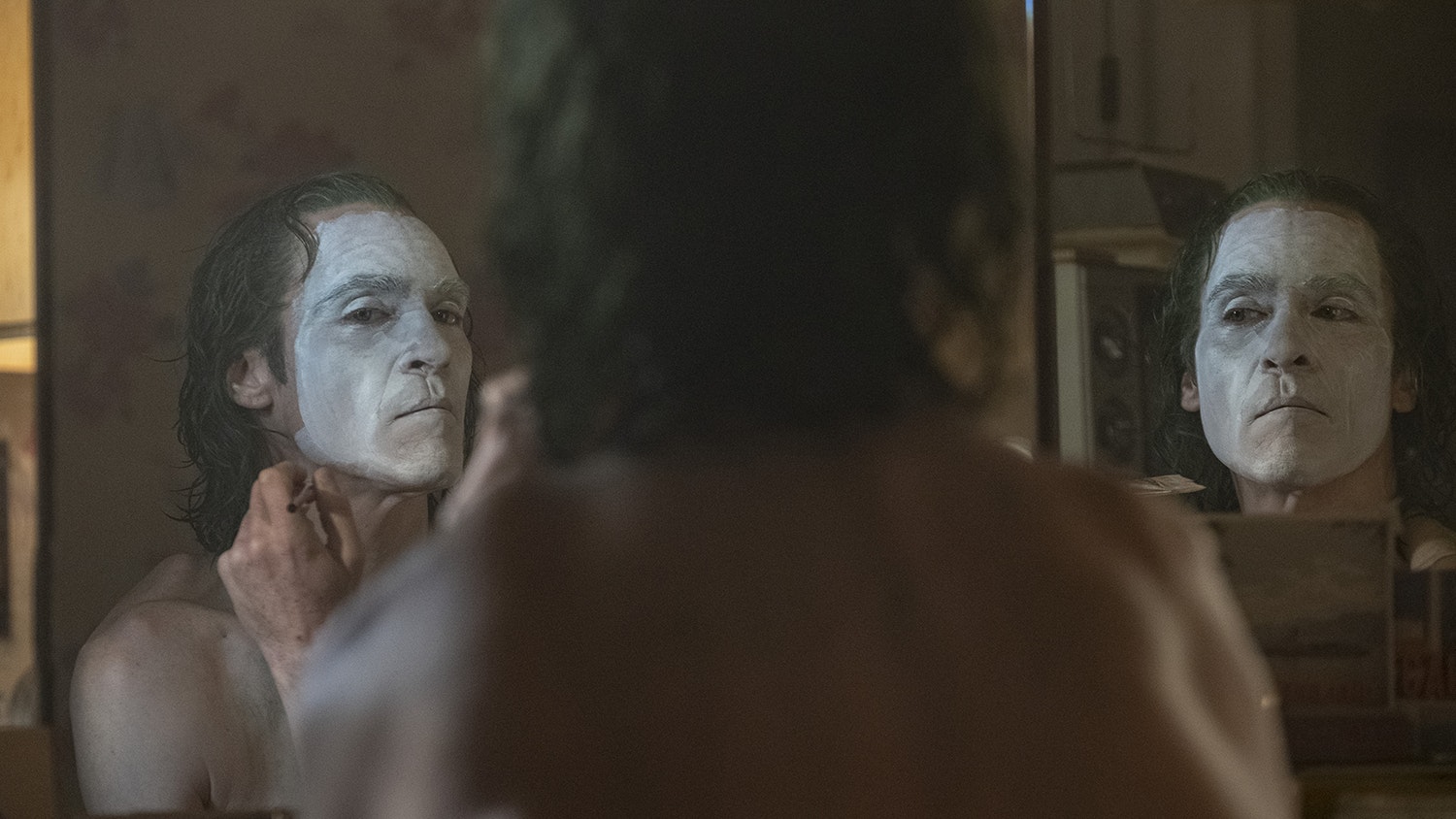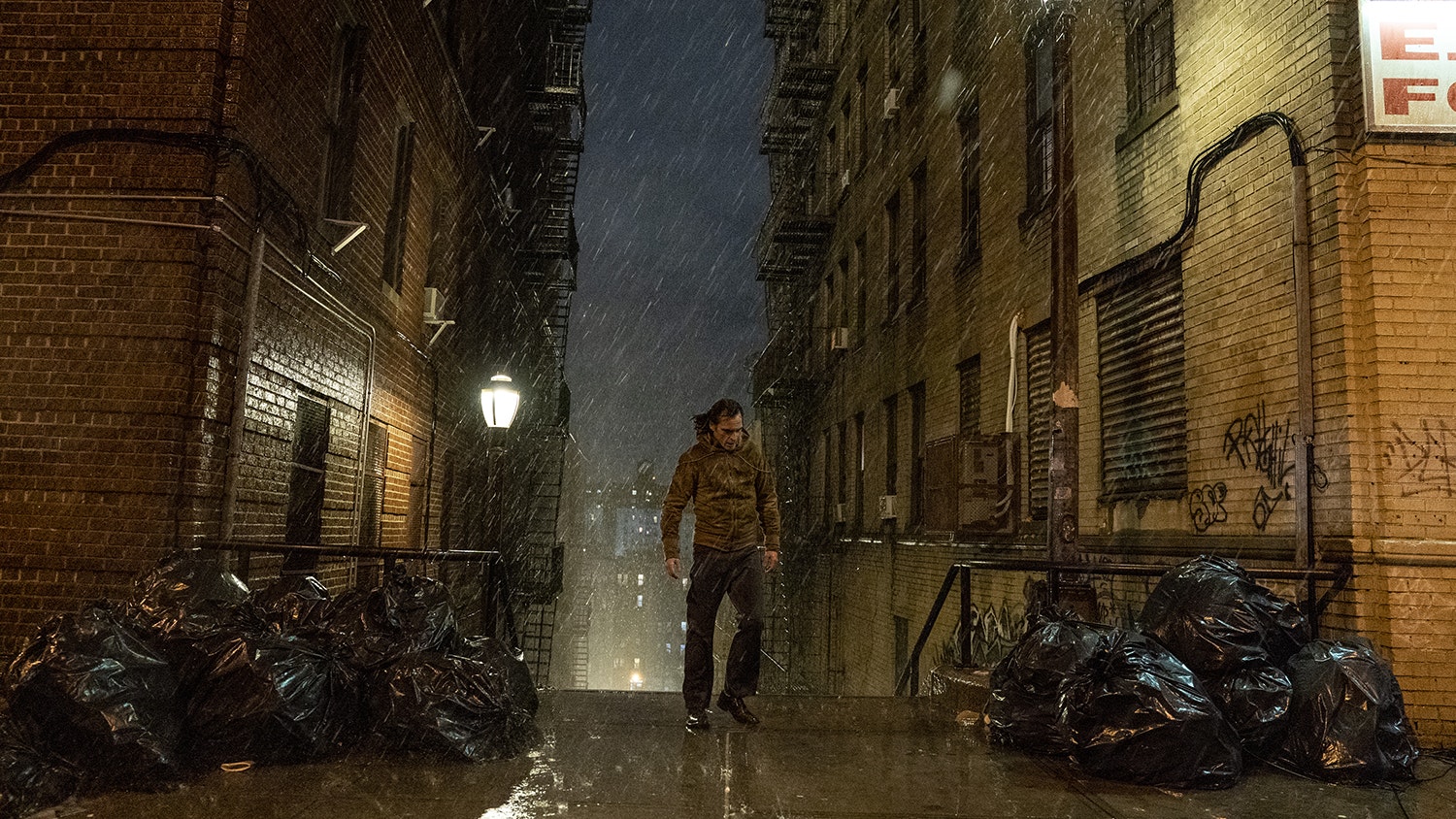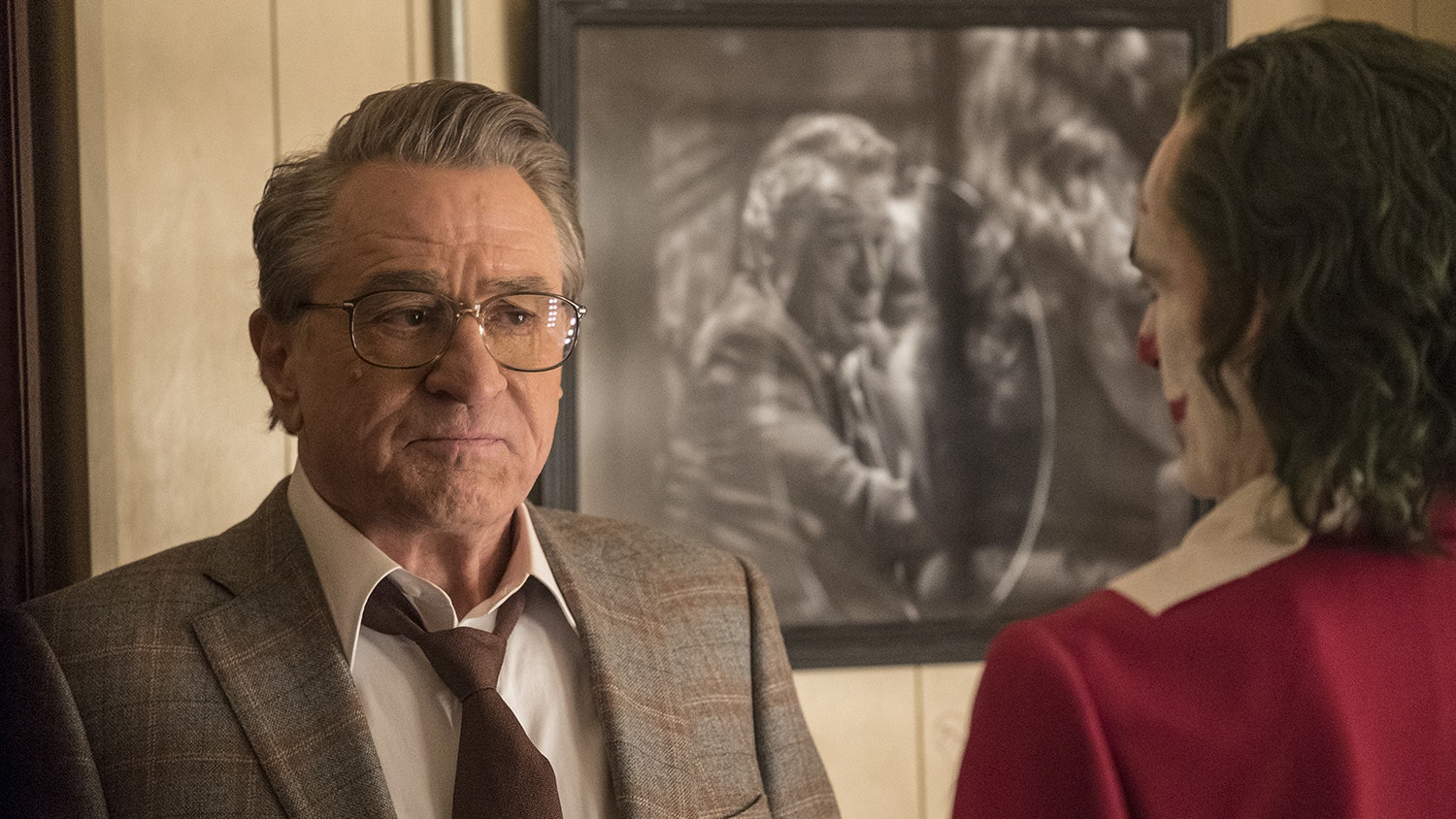PROMOTION: With Joker Folie À Deux Coming To Cinemas This Weekend, Five Reasons To Revisit Joker
When Joker arrived in 2019, the world took notice. Batman’s chief nemesis has...

When Joker arrived in 2019, the world took notice. Batman’s chief nemesis has long wreaked cinematic havoc in various acclaimed guises, but Todd Phillips’ film presented a brilliantly bold new take on Gotham’s biggest villain. Along with Joaquin Phoenix, Phillips reimagined the origin of Joker as the story of Arthur Fleck – a lonely wannabe stand-up comic living in a festering Gotham City with the stench of ‘70s New York all over it, driven to dark deeds by a world that routinely denies him comfort or kindness. Inspired by Martin Scorsese’s Taxi Driver and The King Of Comedy, and 1970s character-driven psychological thrillers, Joker proved to be one of the most daring comic book movies ever made – one that conquered the Oscars, and the box office to boot.
With long-awaited sequel Joker: Folie À Deux landing in cinemas this Friday, now’s the perfect time to re-watch the original Joker, add it to your own movie collection, and be reminded by how radical it really is. Here are some of the standout elements.
1) Joaquin Phoenix’s performance

Joaquin Phoenix doesn’t do things by halves – and his turn as Arthur Fleck (and later the fully-formed Joker) is captivating from start to finish. From the way he contorts his body, to the way he oscillates between being sympathetic and sinister, it’s a heartbreaking and harrowing turn from one of the great living actors, full of thrilling unpredictability. Phoenix even devised three distinctive laughs for the character, each one portraying a different emotion for Fleck as he descends into darkness. No wonder the role bagged Phoenix the Oscar, BAFTA and Golden Globe for Best Actor – to take a character like Joker, so memorably interpreted many times before, and make it entirely your own is nothing short of astonishing.
2) Hildur Guðnadóttir’s score

Much of the filmmaking in Joker is extraordinary – but it’s the Oscar-winning score from Icelandic cellist Hildur Guðnadóttir that really sets it all off. Unconventionally, she composed it before a single frame had been filmed – a pure expression of the character as relayed to her by Phillips and Phoenix, rendered in musical form. Guðnadóttir has since spoken about trying to get into the headspace of Arthur Fleck while writing the melodies for her score, channelling the tragedy of his story, the tenderness of his emotions, as well as the darker feelings that eventually bubble over. Guðnadóttir’s music was then played on set to help create the tone and mood during production, even inspiring unscripted moments like Arthur’s transformative bathroom dance scene.
3) The steps sequence

It’s not easy to create a cinematic moment that becomes instantly iconic. But Joker did exactly that with the scene where a fully clowned-up Arthur struts down a steep set of stairs, cigarette in hand, dancing along to his own tune – completely uninhibited and expressive after being so pent up for the majority of the runtime. It’s a pivotal moment for his character journey, beautifully captured on camera – delivered in evocative slow-mo as Phoenix kicks his legs wildly into the air, splashing about in puddles with total abandon. The results are thrilling, hypnotic, and unsettling all at once, arguably the most famous image from the final film. The steps – near 167th street station in The Bronx, New York – have since become colloquially knows as the ‘Joker Stairs’.
4) The stunning cinematography

From its first frame, Joker is a beautiful-looking film. Cinematographer Lawrence Sher didn’t actually shoot on film – but the Alexa 65 digital photography captures all the colour and energy that you’d find on celluloid, while allowing for total proximity to the performers. With its foreboding city shots, dramatic lighting, and the way it shrinks or exaggerates Arthur in the frame, there’s a clear visual identity to Joker, looking entirely different to any other comic book movie out there. The ‘70s urban look doesn’t just draw from Scorsese classics like Taxi Driver, but also from the likes of Walter Hill’s 1979 The Warriors, drinking in the concrete landscapes to deliver a real tangible sense of place.
5) The explosive climax

Arthur Fleck’s journey through Joker is a captivating one – but it would be nothing without a killer ending, and the film doesn’t pull its punches when it comes to the final reel. No spoilers here, but it delivers a tense and terrifying showdown as Fleck is invited onto the late-night show of his idol, Robert De Niro’s Murray Franklin (“When you bring me out, can you introduce me as Joker?”, Fleck asks the host in a memorable exchange). Except, it’s not the big break Arthur is hoping for – leading to a firecracker finale, where the ascent of the Joker (both literally and figuratively) is fulfilled. This is exactly how you go big in the third act.
What's Your Reaction?























